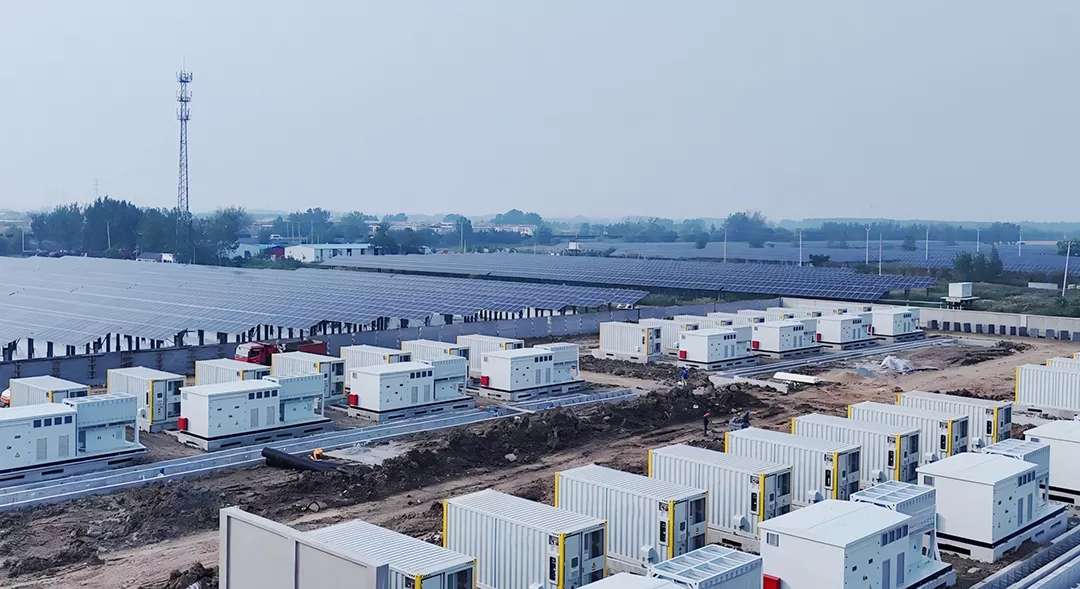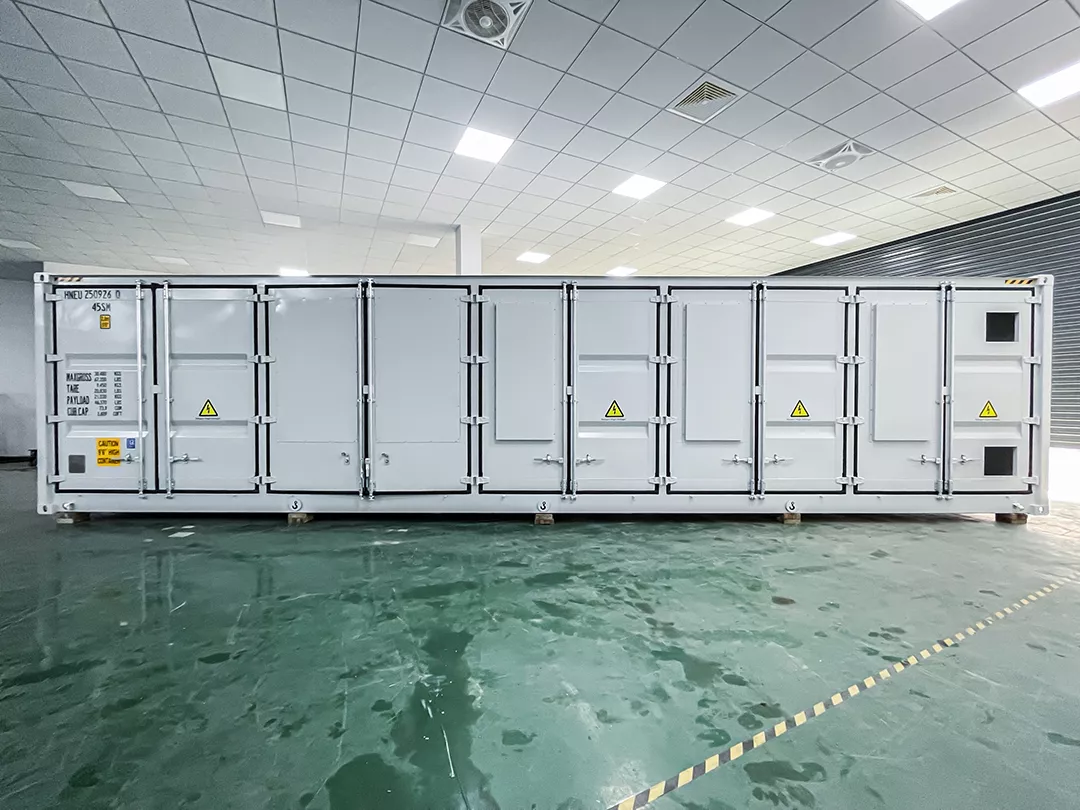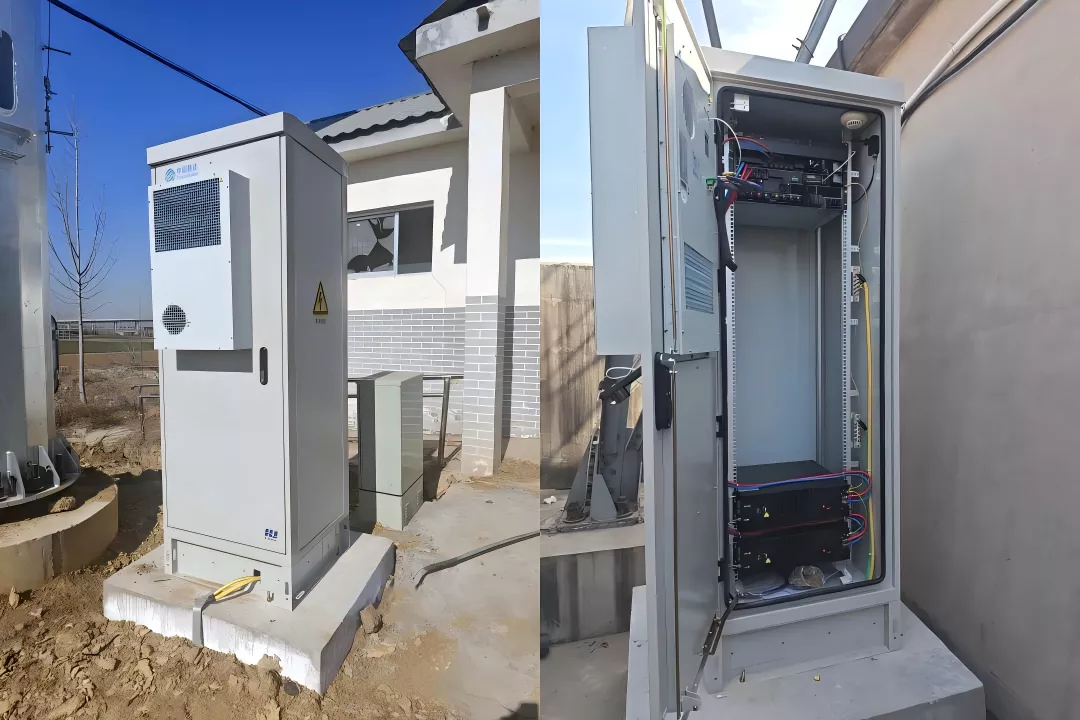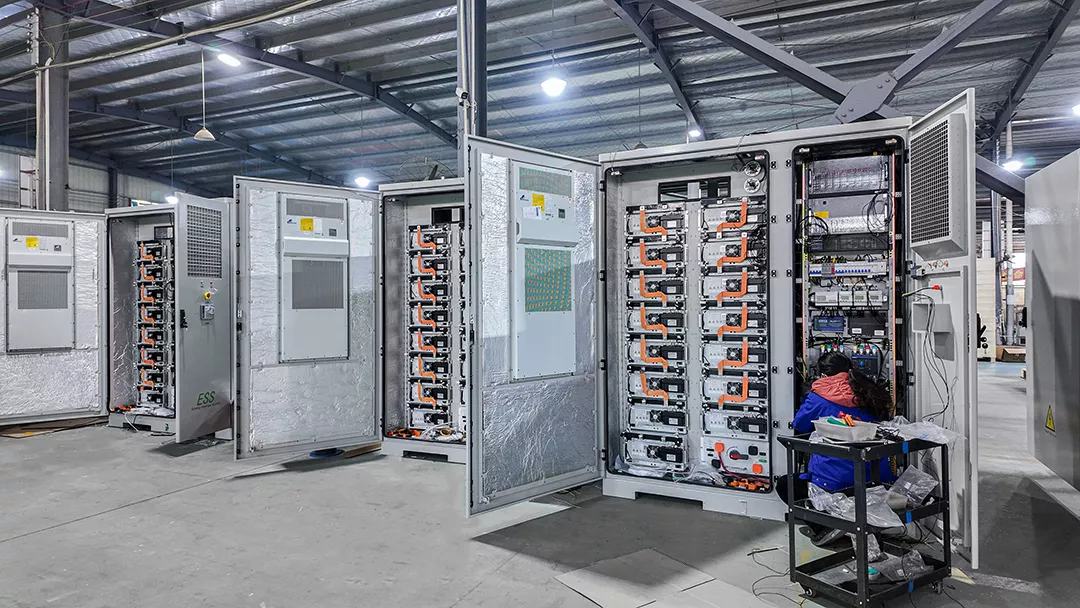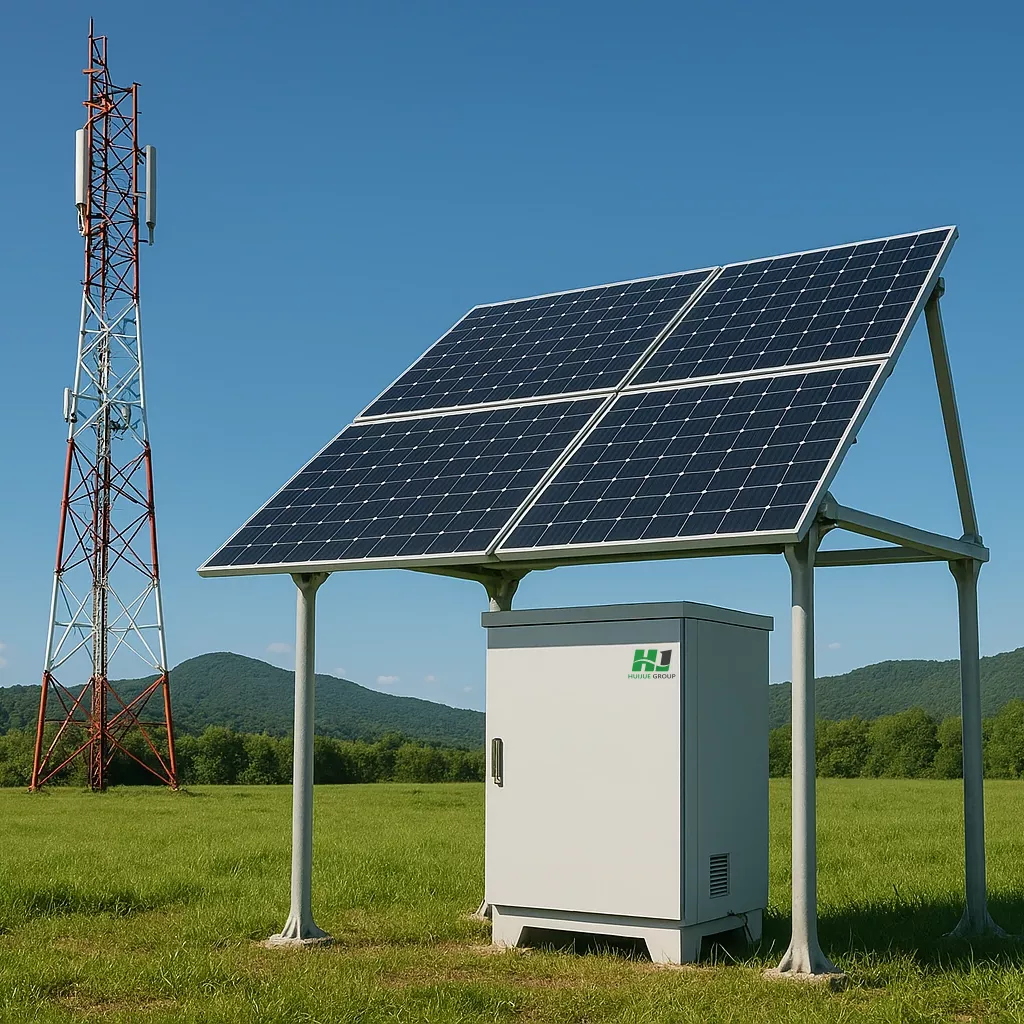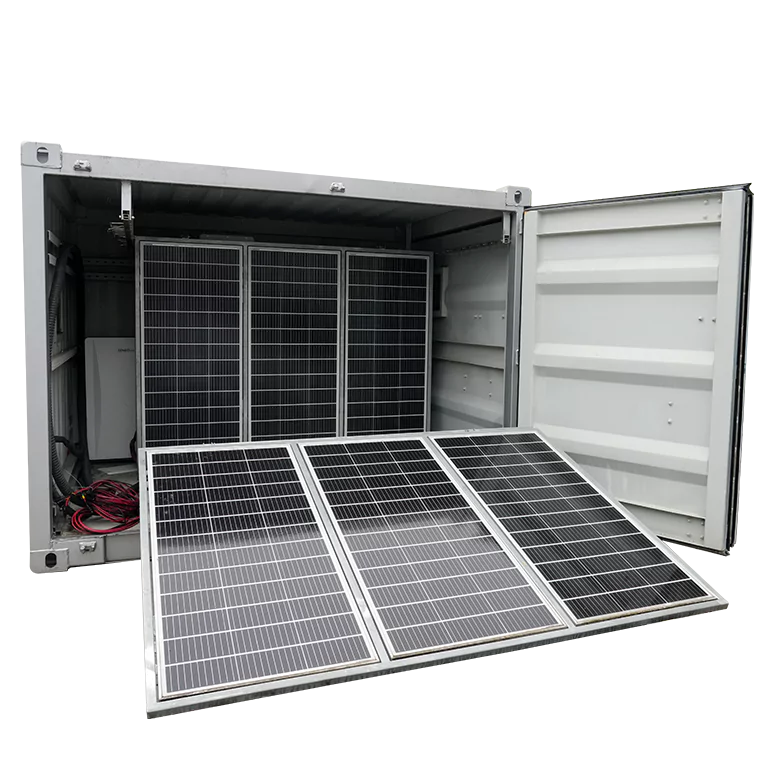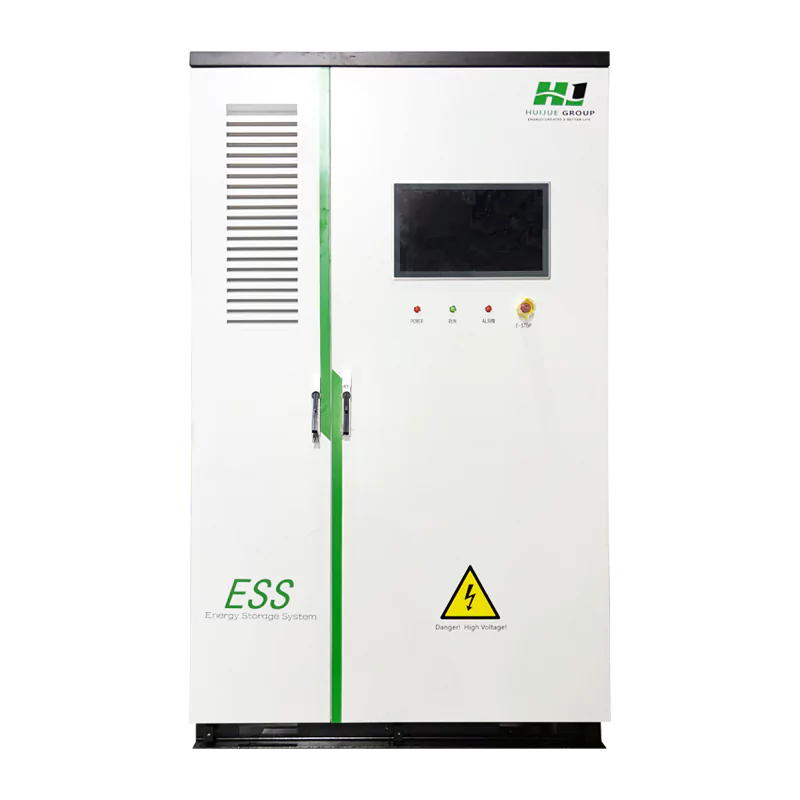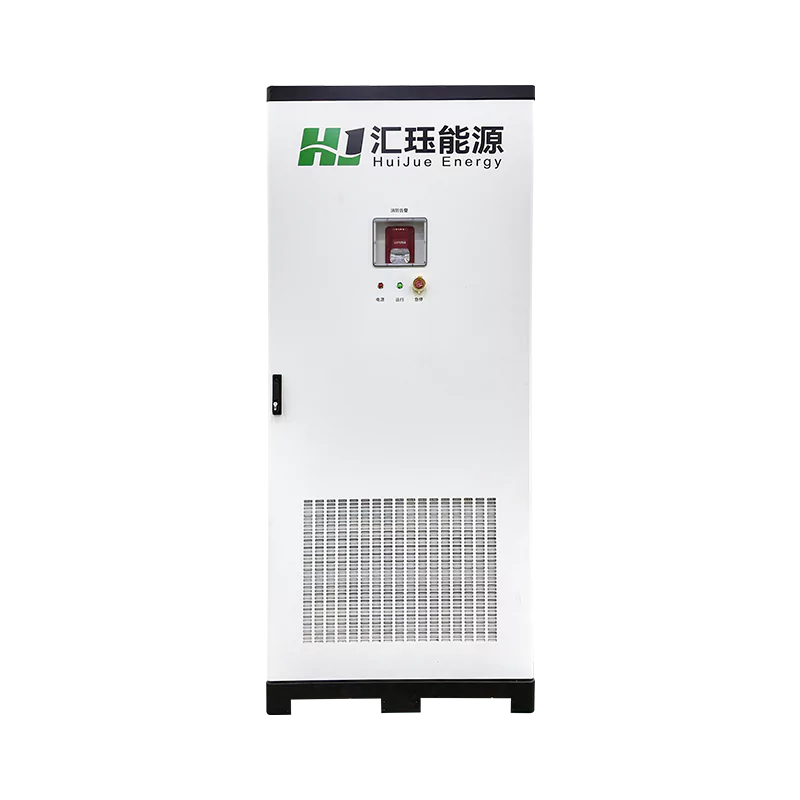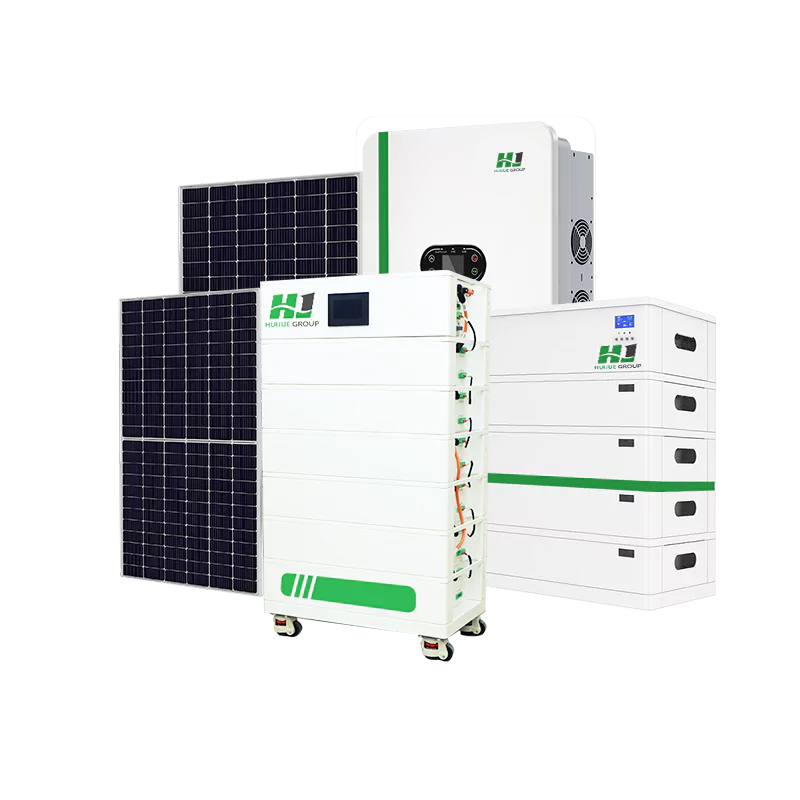Will Installation of Solar Panels on the Roof Damage the Building?
Amidst the worldwide shift in energy, rooftop solar photovoltaic (PV) systems have emerged as a favored option among households and businesses with its environment-friendly and economic advantages. Yet, there are still plenty of property owners who are wary of the risks involved, foremost among them being the ultimate question: “Will solar panel installation hurt the roof?” Let us examine the facts.
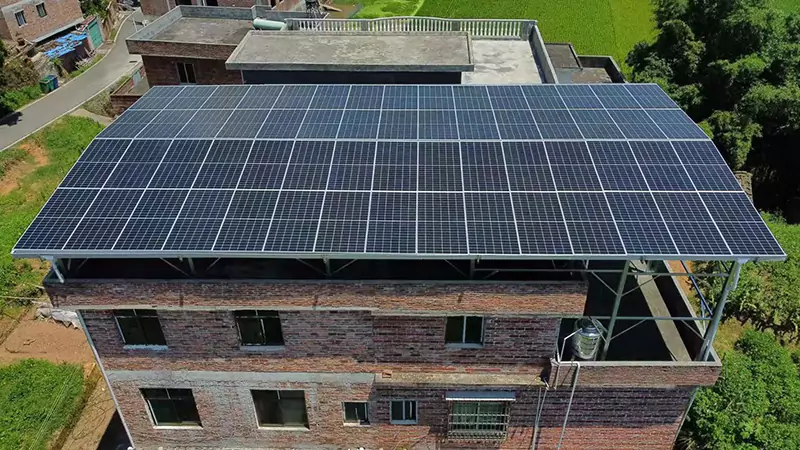
- Rooftop PV Installation Methods and Associated Risks
Installation methods for solar panels vary based on the roof types: sloping roofs, flat roofs, and metal corrugated roofs. Each of these structures poses different challenges and risks.
1.1 Sloping Roof Installation: Brackets Fixation and Water Leaks Hazards
Used in residential construction, sloping roofs typically employ parallel mounting systems, with panels following the slope of the roof, mounted using brackets or clamps.
Hazards: Inadequate drill hole sealing during installation can permit the entry of rainwater. Also, long-term weight of brackets can impose stress on load-carrying members, particularly in older existing structures.
1.2 Flat Roof Installation: Ballasted Systems and Waterproofing Problems
Traditionally used on business buildings, flat roofs use ballasted mounting systems (via weighty blocks) to avoid roof penetration.
Hazards: Ballast blocks have the potential to force waterproof membranes, encouraging degradation in water or extreme weather. Improper installation may puncture waterproof layers in place.
1.3 Clamp-Induced Structural Stress from Corrugated Metal Roof Installation
Prevalent in manufacturing plants, clamps are employed to hold panels in place without drilling.
Hazards: Over-tightened clamps bend metal sheets, compromising roof structure. In addition, damaged anti-corrosion coating on metal roofs rust faster due to water that settles behind panels.
- Four Root Causes of Roof Damage
2.1. Deficient Installation Procedures
Leaking drill holes, twisted brackets, or cables pressing down on roofing materials directly damage buildings.
Solution: Use skilled installers and insist on waterproofing guarantees.
2.2 Insufficient Roof Load Capacity
PV systems are 30-50 kg/m² heavy. Unannounced roofs can distort in the long run.
2.3 Inadequate Waterproofing
Leaks due to ballast pressure (sloped roofs) or open screw holes (flat roofs) are immediate causes of damage.
Solution: Install clamp-based systems to avoid drilling; use double-layer sealant for necessary penetrations.
2.4 Lack of Maintenance and Natural Aging
Sun and rainfall exposure indirectly highlight bracket rusting and sealant breakdown to compromise the safety of roofs.
Recommendation: Conduct biennial checks and replace defective components right away.
- Mitigation Strategies: Chief Protective Measures
3.1 Professional Pre-Installation Review
Load Testing: Verify roof loading for PV installations as well as snow/wind loads.
Waterproofing Inspection: Pre-inspect and patch cracked waterproof layers.
Shading Analysis: Avoid loss of efficiency through shadows and reduce localized heat damage.
3.2 Tailored Installation Solutions
Sloped Roofs: Prefer clamp/hook attachment; waterproof sleeves and sealant should be used when drilling.
Flat Roofs: Employ tilt-adjustable racking with drain slopes; provide protective layers below ballast.
Corrugated Metal Roofs: Use specialized clamps of moderate pressure; inspect anti-corrosion coatings regularly.
3.3 High-Quality System Design and Materials
Components: Choose light panels (e.g., thin-film PV) with aluminum alloy frames to reduce load.
Safety: Connect with building lightning protection systems and comply with fire safety standards.
3.4 Regulatory Compliance
Where policies are not clear, PV systems are “unauthorized buildings.” Authorized planning and property management permits, and permission from neighbors for roofs shared. 4. Continuous Maintenance and Risk Control Periodic Inspection: Inspect for loose brackets, damaged sealants, or worn cables, with a priority on waterproofing inspections before rainy seasons. Cleaning: Brush off dust/snow buildup to prevent uneven tension. Monitoring performance: Fit data loggers to detect any electrical or structural irregularities.
Secure Solar Integration Demands Expertise Rooftop PV installations don’t necessarily damage roofs—a good installation and maintenance is of utmost importance. Professional assessment, customized solutions, and periodic inspection maximize energy output while extending roof life. Where new projects are being initiated, consider BIPV (Building Integrated Photovoltaics), where it is planned to integrate very well with roofing material to avoid leakage hazards.


 +86 18006277103
+86 18006277103

